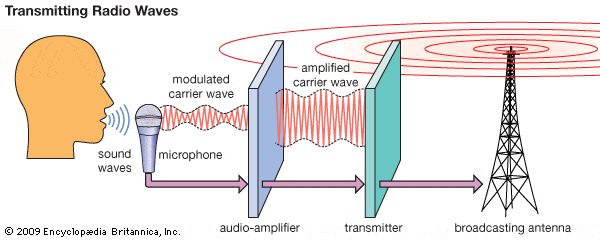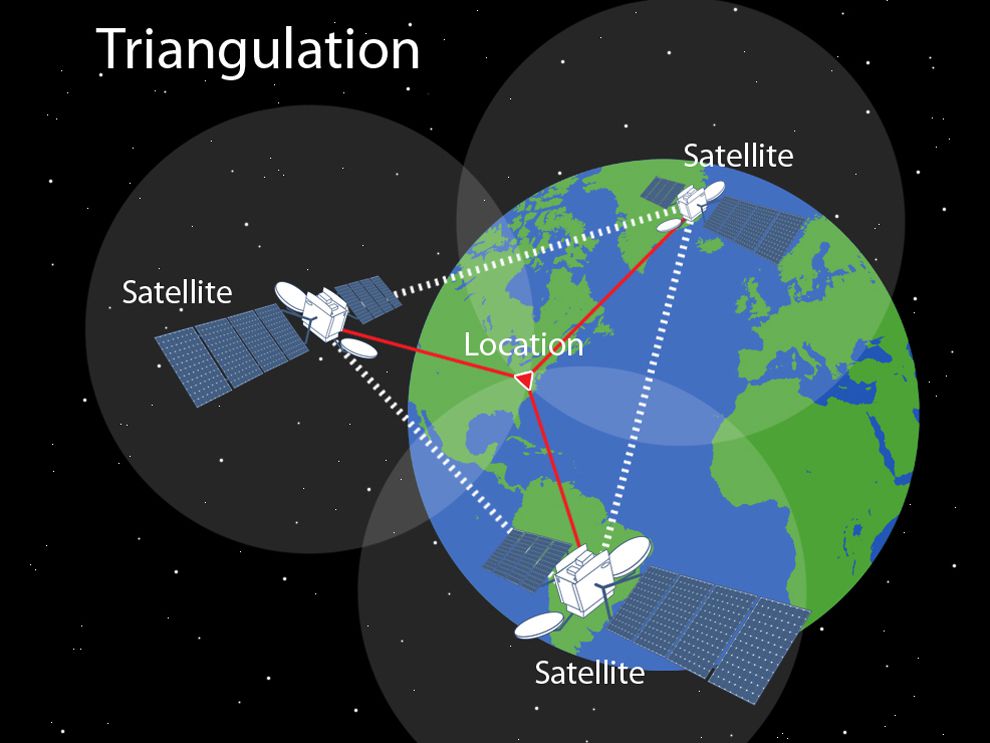Section 5: Communicating with Radio Waves

A radio converts electromagnetic waves into sound waves in a radio transmission. Each radio station is assigned a particular radio frequency for its broadcast. This specific frequency is called the carrier wave. Carrier waves can transmit a signal in one of two waves. Amplitude modulation (AM) broadcasts information by varying the amplitude of the carrier wave. Frequency modulation (FM) is when the radio varies the frequency of the carrier wave.
In television, audio is sent by FM radio waves, and AM radio signals send video. Cathode-ray tubes produce the images you see on tv. When struck by electron beams, the surface is covered by spots that glow red, green, or blue. Telephones use electrical signals that create a radio wave transmitted to and from a microwave tower.

Global positioning system (GPS) is a system of satellites, ground stations, and receivers that receive high-frequency microwave signals, amplify them and return them to earth. Today we use GPS when we travel to get us to our destination.
Review:
- What is a cathode-ray tube?
- Explain the difference between AM and FM.
- Explain how GPS works.
